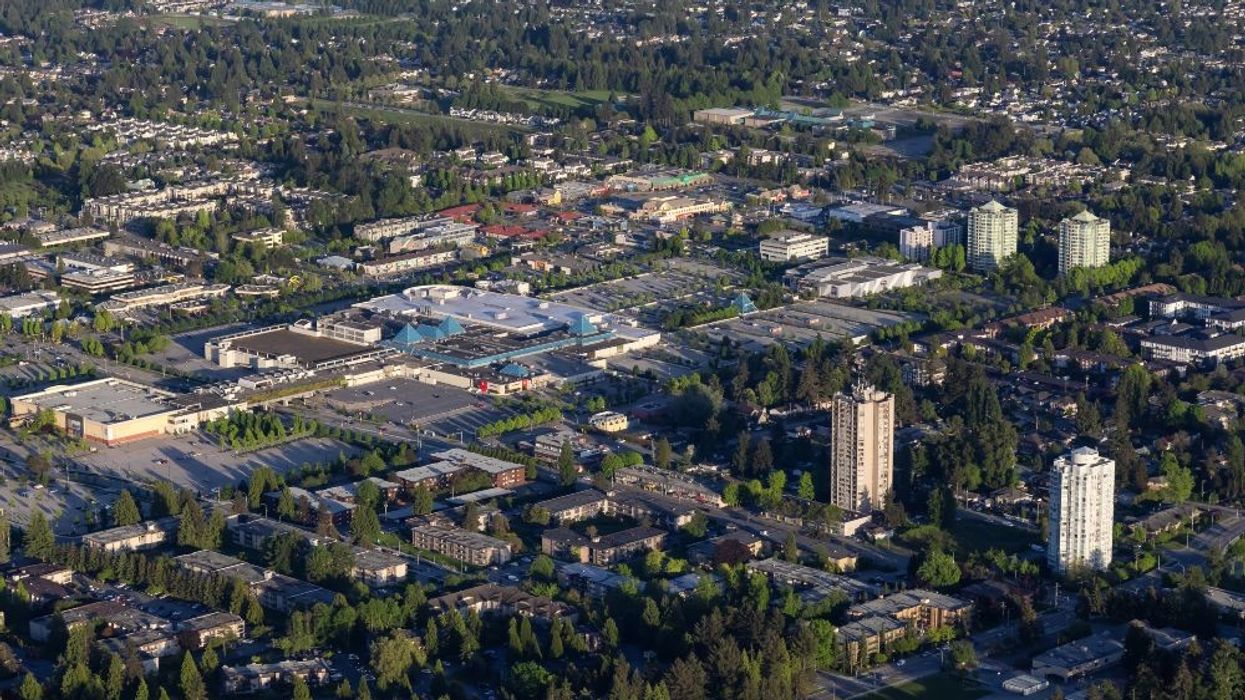After starting off 2023 at a record-low pace, the Fraser Valley real estate market saw a bit of an uptick in February, according to new data published by the Fraser Valley Real Estate Board (FVREB) on Thursday.
After registering just 626 sales in January, the Fraser Valley saw 898 home sales in February, a 43.5% increase. FVREB notes, however, that the February total is still only about half the sales volume recorded in February 2022, although the month-over-month uptick is the first gain since October.
The number of new listings also increased from 1,833 in January to 1,938 in February -- a 5.7% jump month over month, but a 48.2% decline year over year. Accordingly, the number of active listings also grew month over month, jumping up 7% from the 4,118 total seen in January. But on a year-over-year basis, active listings were down 16.3%.
"In recent months, the level of uncertainty regarding rates and prices has negatively impacted inventory and that's kept a lot of clients on the sidelines," said FVREB President Sandra Benz. "Together with a growing consensus suggesting that a pause on rate hikes is imminent, the positive signals from the market give families something to build on and plan for. As that starts to happen we expect to see sales pick up slowly but steadily heading into spring."
The Market Lean
So, do these new numbers mean the Fraser Valley real estate market is currently more favourable to buyers or sellers?
The above statistics allow us to identify the sales-to-active-listings ratio, a quantitative measure of which direction the market is currently leaning. A ratio below 12% is generally considered a buyers' market, while a ratio over 20% is considered a lean towards sellers, with anything in between viewed as a balanced market.
With 898 sales and 4,406 active listings in February, the sales-to-active-listings ratio is 20.3%. In January, the ratio was at 15.2%, potentially an indicator of a shift toward sellers.
A second quantitative indicator of the market lean is the sales-to-new-listings ratio, where 40% or lower is considered a buyers' market, 55% or higher is considered a sellers' market, and anything in between is viewed as balanced.
With 898 sales and 1,938 new listings registered in February, the sales-to-new-listings ratio is 46.3%. January's ratio was at 34.1%, again indicating a move in the direction of sellers, although perhaps not to the point of it being considered a sellers' market.
READ: How Metro Vancouver’s New Regional Growth Strategy Tackles Housing
Prices Also See an Uptick
Home sales were not the only metric that saw an uptick in February, as prices in the Fraser Valley also saw an increase, although one that was quite negligible.
The composite residential benchmark price is now at $946,700, a very-minor 0.5% increase over January. More encouraging, however, is the fact that the increase is the first positive bump since April 2022.
By property type, the benchmark price is now $1,364,300 for single-detached homes, $776,200 for townhouses, and $510,100 for condominiums. Those prices represent increases of 0.5%, 0.4%, and 1.3%, respectively, compared to January.
Properties that hit the market in February also spent less time in the market, with single-detached homes averaging 36 days on the market, townhouses averaging 33 days, and condominiums averaging 32 days. In January, all three averaged over 40 days.
"All indications suggest that the market is on track to re-establish a level of stability," said FVREB CEO Baldev Gill, "which is encouraging for both demand and supply sides."





















